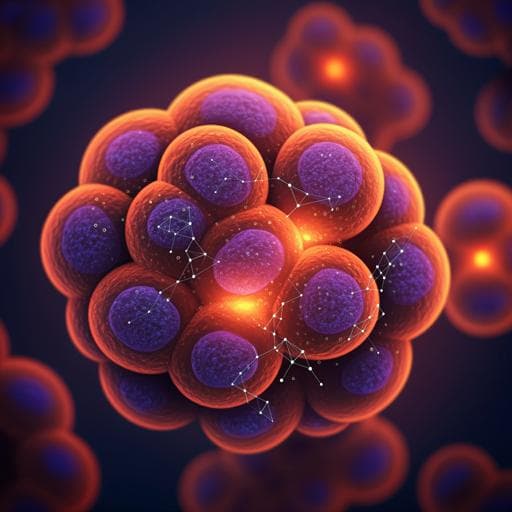
Medicine and Health
HIDDEN: a machine learning method for detection of disease-relevant populations in case-control single-cell transcriptomics data
A. Goeva, M. Dolan, et al.
Discover how HIDDEN, a groundbreaking computational method developed by Aleksandrina Goeva and colleagues at the Broad Institute, transforms traditional single-cell RNA-seq studies. By accurately discerning affected cells, HIDDEN enhances our understanding of malignancy in early-stage samples and uncovers critical insights into blood-brain barrier dysfunction.
~3 min • Beginner • English
Related Publications
Explore these studies to deepen your understanding of the subject.







